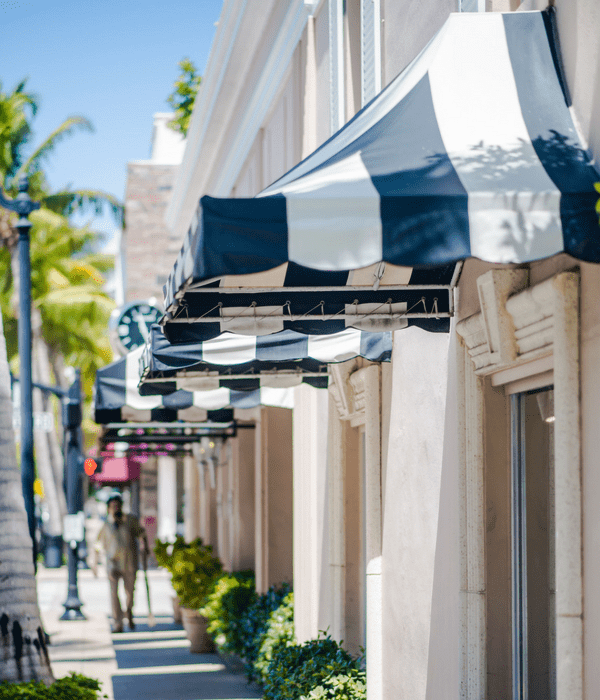For most eCommerce brands, developing a Facebook sales strategy ranks high on the list of marketing priorities. Facebook is the number one social platform for driving traffic and building an audience. How does a lifestyle eCommerce brand turn Facebook fans into repeat customers?
Established lifestyle brands are experts in creating compelling and shareable content. They understand their customer base and how to engage their target audience. Facebook is driven by user engagement:
- Facebook has more than 2 billion registered users
- More than 1.3 billion people log into Facebook every day
- An average person spends nearly 18 hours on Facebook every month
Lifestyle eCommerce brands can use Facebook to connect with customers, direct them to their online store, and boost sales using these simple Facebook sales strategies:

5 Ways to Increase Your eCommerce Sales with Facebook
1. Optimize Your Store for Facebook Engagement
Evaluate whether or not your site is ready for Facebook engagement before developing a social media strategy. First, make sure that your eCommerce site is mobile-friendly. Having a website that isn’t mobile-friendly is like not having a website at all. Afterwards, ask the following questions of your site:
- Do your product pages have clearly visible social media widgets?
- Do your product pages have the Facebook comments widget, so user comments are visible on their Facebook profiles?
- Is there a short statement or call to action (CTA) below each product image, encouraging users to share on Facebook?
Immediately take steps to address these three areas before moving forward. Traffic goes both ways. You need to alert Facebook users of your store and your store needs to alert shoppers of your Facebook presence. These small steps will go a long way toward building your social media presence and initiating Facebook engagement.
2. Content is (Still) King
Despite this marketing mantra, many lifestyle brands don’t put as much thought and consideration into their content as they should. Quality content will always be “king” on blogs, PPC ads, landing pages, and Facebook. However, the content that resonates with Facebook users is different from blog posts or articles.
Facebook users like short, catchy, visually appealing and action-oriented posts. When posting a link to a new blog post, include 1-2 sentences max to entice the audience to click. Facebook users don’t want to scroll to finish reading or click the “. . .” to see the CTA. The same principle that applies to newspapers and websites applies more than ever to Facebook posts: keep all information above the fold.
One rule that remains the same across all content: provide value. Demonstrate expert knowledge about your brand’s niche and products in status updates. Facebook is a social network: don’t feel limited to sharing only your images, links, and blog post. Share content from other blogs and sites that the audience will find helpful, so they can reciprocate.

3. High Quality Visual Content is Everything
Facebook users respond to visual content such as images, infographics, videos, and memes. According to Ragan.com, photo posts get 120 percent more engagement than other types of posts.
Not all images are created equal: sell the lifestyle around your product. Post images that show examples of your brand’s ideal customer using the products in a setting that makes sense for your brand and target demographic. Or, surround your product with other products that are non-competitive but are still “on brand.” Facebook visual strategies:
- Create visually appealing product collages that place similarly themed items together. Use this strategy to offer bite-sized style guides or suggestions for what other non-competitive products or brands work well with yours.
- Keeping with the 1-2 sentence “above the fold” rule: keep image explanations to a minimum. Consider overlaying text that gives the image more context such as “new,” “back in stock,” or “fall collection.”
4. Use Smart Calls to Action
Spell it out with a clear call to action. Facebook recently introduced the “Add Call to Action” option for status updates. Use it with your status updates and link shares to gauge the effectiveness of your messaging.
When sharing new products to Facebook, add an engaging 1-2 line description with the link. Use high engagement words such as why, most, how, health, and best. According to Fast Company:
- Posts with less than 80 characters attract 23% more engagement
- Question posts get 100% more comments
- Quotes get 26% more likes and 19% more shares
5. Boost Sales with Promotions and Special Offers
Your customers follow your page on Facebook to learn about new products. However research has shown that 42 percent of people ‘like’ a brand on Facebook in order to get coupons or discounts. Engage this large percentage of your followers with one of these promotional strategies:
- Contests are a great way to offer a deal and bring new customers to your page (i.e. “like this post to enter!”). Caption contests are especially great for getting visibility in Facebook feeds.
- Time-sensitive discounts get consumers to take action. Putting an expiration on your discount leverages scarcity which is a powerful psychological sales trigger. For example, a time sensitive discount could be as simple as “Free shipping in August.”
- Run a giveaway and give a product that you want to promote (i.e. “Share for a chance to win!”)
- Offer gift cards. According to a National Retail Federation survey, 81 percent of Americans will buy at least one gift card around the holidays. The same survey also found that 70 percent of customers who use gift cards will spend more than the value on the card.
Promotions are a great opportunity to experiment with Facebook ads. Target users based on their location, interests, gender, likes/dislike, recent activity, pages likes and dozens of other criteria. Start with a small budget and test different ads to see what works well for you. As you start to see results and hone your messaging, increase your budget gradually.
For more ideas and advice on how elevate your marketing strategy, visit Social Styles on our blog or Facebook.

